[ENG]
When deciding to go to London for an extended weekend, we had only two main ideas for this trip in our heads. The first of them are the Kew Botanical Gardens, extensively described in the four previous entries. The second argument for visiting London is the Natural History Museum, especially the collection of dinosaur fossils there. The museum exhibition is divided into four zones that present different topics: The red zone is devoted to the changing history of the Earth. Specimens of rocks, minerals and precious stones are presented there. There you will also find information about volcanoes and earthquakes, as well as human evolution. The green zone refers to the theme of the evolution of the planet. It focuses on birds, all kinds of bugs (I was afraid to go there) and minerals. We will also find a treasure trove and fossils from Great Britain there. A blue zone dedicated to large mammals, birds, dinosaurs, fish, amphibians and reptiles. The orange zone is the Wildlife Garden and Darwin Centre. In total, the museum's resources amount to 80 million different types of specimens, only a small part of which is presented in a permanent exhibition, while the rest are kept in the archive and serve museum employees as engaged in scientific research specializing in taxonomy, identification and conservation. This makes the museum considered the most outstanding center for natural history and research in related fields in the world.
The origins of the museum date back to the 18th century, when the Founder, Sir Hans Sloane, who was a doctor from Ulster, decided to donate his collection of dried plants and animal skeletons to the British government. Unfortunately, in the old days, the received specimens were not taken care of very much, so over the years they were stolen, illegally sold, and due to improper storage, they were simply destroyed. Therefore, in the annual report from 1833, it was stated that of the 5,500 insects listed on the list donated by the museum's founder, not a single one remained, and many other specimens were no longer suitable for anything other than disposal.
[PL]
Decydując się aby pojechać do Londynu na wydłużony weekend mieliśmy w głowie tylko dwa główne pomysły na ten wyjazd. Pierwsze z nich to szeroko opisane w czterech wcześniejszych wpisach ogrody Botaniczne Kew. Drugi argument za tym aby odwiedzić Londyn to Muzeum Historii Naturalnej, a zwłaszcza znajdująca się tam kolekcja skamielin dinozaurów. Ekspozycja muzealna jest podzielone na cztery strefy, które prezentują różne tematy: Czerwona strefa jest poświęcona zmieniającej się historii Ziemi. Prezentowane są tam okazy skał, minerałów, kamieni szlachetnych. Znajdziemy tam też informacje o wulkanach i trzęsieniach ziemi, a także ewolucji człowieka. Zielona strefa nawiązuje do tematu ewolucji planety. Skoncentrowana jest na ptakach, wszelkiego rodzaju robalach (tam brzydziłem się wejść) i minerałów. Znajdziemy tam też skarbiec i skamieniałości z Wielkiej Brytanii. Niebieska strefa poświęcona dużym ssakom, ptakom, dinozaurom, rybom, płazom i gadom. Strefa pomarańczowa to Ogród Dzikiej Przyrody i Centrum Darwina. Sumarycznie zasoby muzealne liczą 80 milionów rożnego rodzaju okazów, z których tylko niewielka część jest prezentowana na stałej wystawie, a pozostałe zalegają w archiwum i służą pracownikom muzealnym jako zajmującymi się badaniami naukowymi specjalizującymi się w taksonomii, identyfikacji i konserwacji. To sprawia, że muzeum uznawane jest za najwybitniejszy ośrodek historii naturalnej i badań w pokrewnych dziedzinach na świecie.
Początek muzeum sięga XVIII wieku kiedy to Fundator Sir Hans Sloane, który był lekarzem z Ulsteru, postanowił przekazać swoją kolekcje suszonych roślin i szkieletów zwierząt na rzecz rządu brytyjskiego. Pech chciał, że w dawnych czasach nie za bardzo dbano o otrzymane okazy toteż przez lata były rozkradane, nielegalnie sprzedawane, a także z powodu nienależytego przechowywania po prostu uległo zniszczeniu. Toteż w raporcie rocznym z 1833 r. podano, że z 5500 owadów wymienionych liście przekazanych przez fundatora muzeum nie ostał się już ani jeden, a wiele innych okazów nie nadawało się już do niczego innego tylko do utylizacji.
[ENG]
The building in which the exhibits are currently presented was built in 1881 and its unusual form immediately gained a group of fans. Both inside and outside the building there is a large number of decorations depicting flora and fauna. In short, we can say that when entering the museum, we immediately know what we can expect inside. And inside there is a whole lot of various curiosities, such as the Otumpa meteorite weighing 635 kg, found in 1783 in Campo del Cielo in Argentina, a sample of the Apollo 16 moon rock collected in 1972, the largest topaz stone weighing about 2 kilograms, an intact fossilized a stegosaurus skeleton, a large Triceratops skull, a cross-section of a 1,300-year-old giant sequoia and much more. The only disadvantage, but also an advantage of the museum, is that it is free to visit. Unfortunately, this makes it very crowded inside, with the majority of visitors being children, and children, being children, are very active and very noisy. For this reason, even though you would like to stay in the museum for a very long time, unfortunately it is difficult to stay there for more than an hour or two at most, after which you simply get a headache.
[PL]
Budynek w którym obecnie prezentowane są eksponaty został zbudowany w roku 1881 i swoja nietypowa forma od razu zyskał grono fanów. Zarówno wewnątrz, jak i na zewnątrz budynku znajduje się bardzo duża liczba zdobień przedstawiające florę i faunę. Można w skrócie powiedzieć, że wchodząc do muzeum od razu wiemy, że czego możemy spodziewać się w środku. A w środku jest cała masa najróżniejszych osobliwości takich jak meteoryt Otumpa o masie 635 kg, znaleziony w 1783 roku w Campo del Cielo w Argentynie, próbka skały księżycowej Apollo 16 zebrana w 1972 roku, największy bo ważący aż około 2 kilogramy kamie topazowy, nienaruszony skamieniały szkielet stegozaura, duża czaszka Triceratopsa, przekrój 1300-letniej gigantycznej sekwoi i wiele innych. Jedyną wadą ale poniekąd także zaletą muzeum jest to, że jest ono dostępne do zwiedzania za darmo. Niestety przez to wewnątrz panuje naprawdę spory tłok z czego zdecydowanie najwięcej zwiedzających to dzieci, a dzieci jak to dzieci, są bardzo ruchliwe i bardzo hałaśliwe. Z tego do powodu mimo, że w muzeum chciałoby się zostać na bardzo długo, to niestety ciężko jest tam wytrzymać dłużej niż godzinę max dwie, później już po prostu pęka głowa.










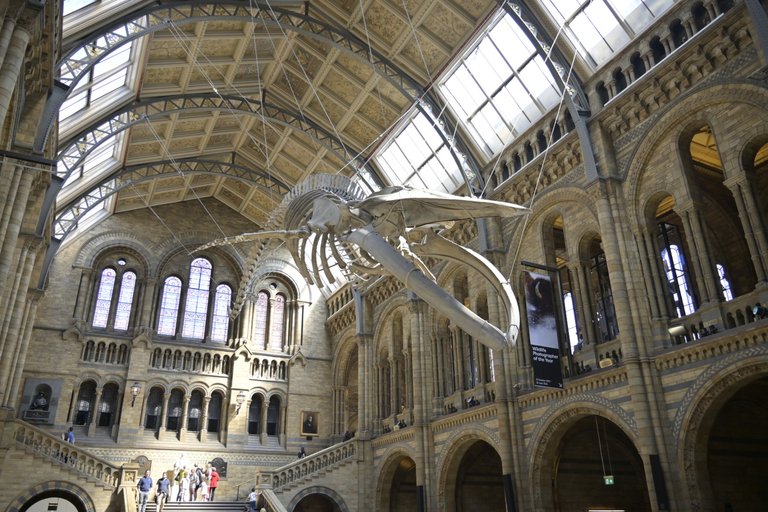

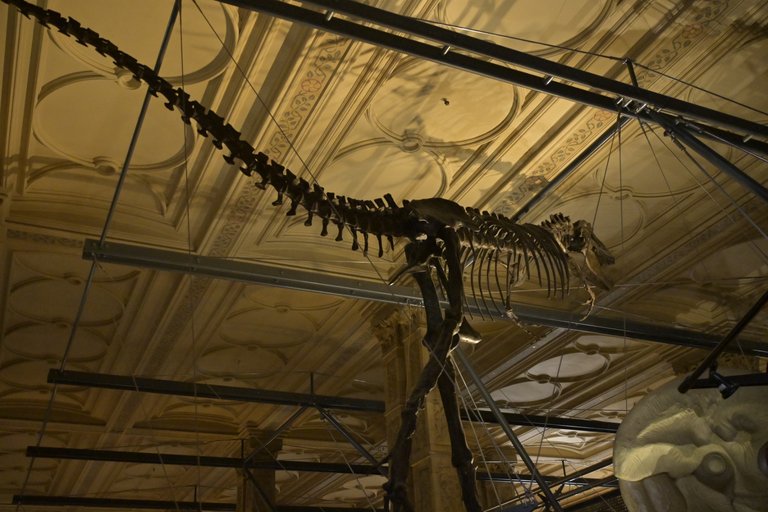



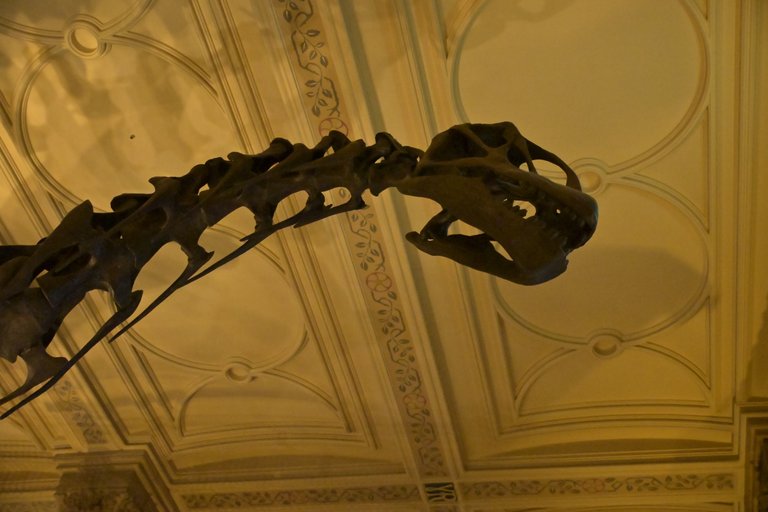




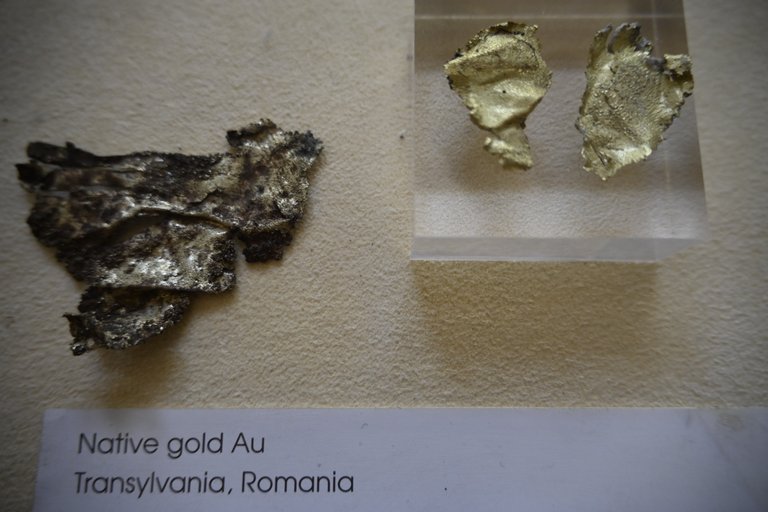
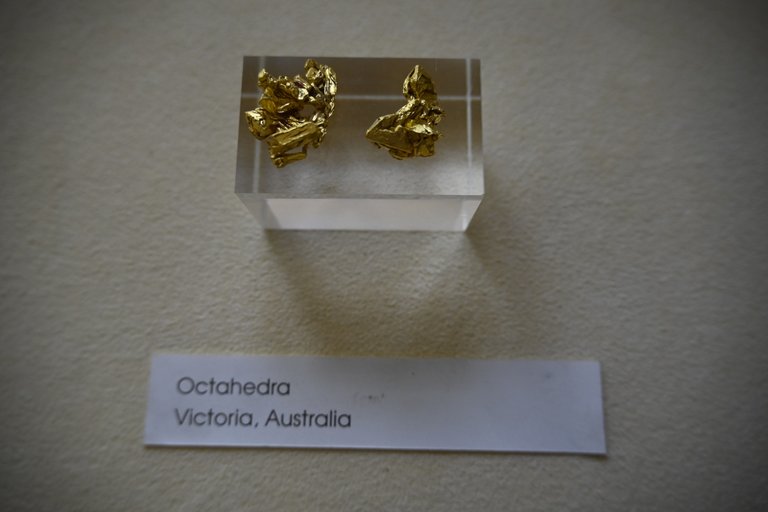







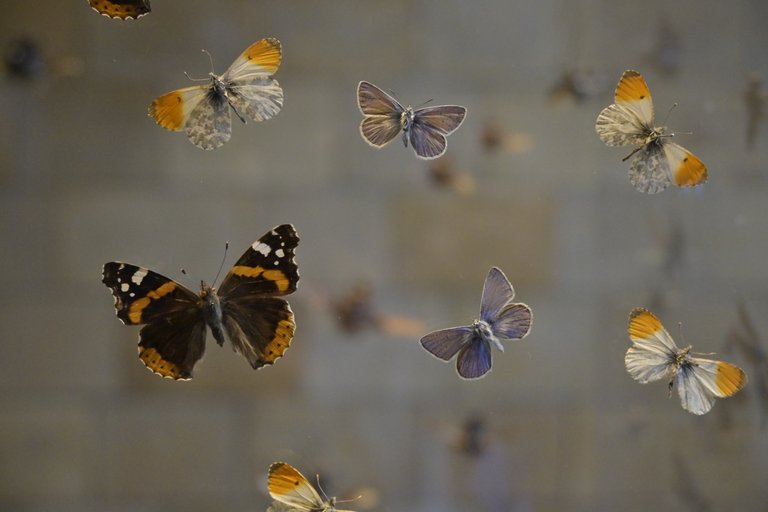








Congratulations, your post has been added to the TravelFeed Map! 🎉🥳🌴
Did you know you have your own profile map?
And every post has their own map too!
Want to have your post on the map too?
- Go to TravelFeed Map
- Click the create pin button
- Drag the marker to where your post should be. Zoom in if needed or use the search bar (top right).
- Copy and paste the generated code in your post (any Hive frontend)
- Or login with Hive Keychain or Hivesigner and click "create post" to post to Hive directly from TravelFeed
- Congrats, your post is now on the map!
PS: You can import your previous Pinmapple posts to the TravelFeed map.Opt Out
Congratulations, your post has been added to WorldMapPin! 🎉
Did you know you have your own profile map?
And every post has their own map too!
Want to have your post on the map too?
Wow!! these are mind-blowing!!
I don't think I will leave such a place in a hurry, I'll keep walking and walking around until I am tired.
A british museum :) ?
Travel Digest #2273.
Become part of our travel community:
- Join our Discord
Hiya, @ybanezkim26 here, just swinging by to let you know that this post made it into our Honorable Mentions in Your post has been manually curated by the @worldmappin team. If you like what we're doing, please drop by to check out all the rest of today's great posts and consider supporting other authors like yourself and us so we can keep the project going!Congratulations @olusiu! You received the biggest smile and some love from TravelFeed! Keep up the amazing blog. 😍 Your post was also chosen as top pick of the day and is now featured on the TravelFeed front page.
Thanks for using TravelFeed!
@for91days (TravelFeed team)
PS: You can now read your favourite travel blogs on your phone. Plus, blogging on-the-go just got easier! Download our app on the Apple App Store or get it on Google Play.
So bloody cool. I haven't been in about 20 years. I wanted to go last time I was in the UK but it's always such a hassle to get up to London from my mother in laws near Bath and train tickers are so expensive too.
super :) a my dbamy o polskie dziedzictwo w tej materii!